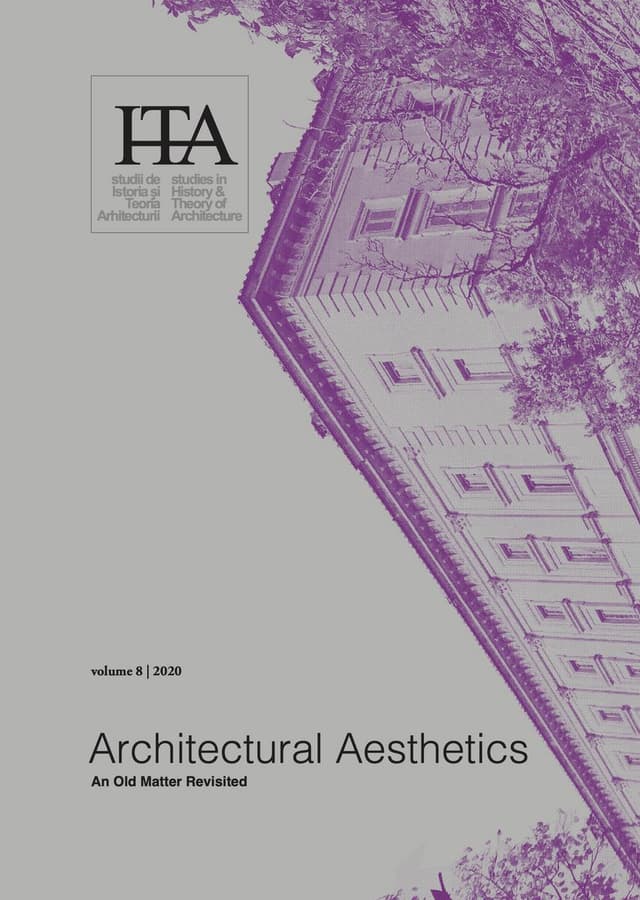Rediscovering the Aesthetics of Architecture: From Geoffrey Scott to Mark Foster Gage
by
Jason A. Dibbs
Keywords
Geoffrey Scott
Cecil Pinsent
Bernard Berenson
Formalism
autonomy
Einfühlung
modern aesthetics
object-oriented ontology
In his book The Architecture of Humanism Geoffrey Scott (1884-1929) argued against the “architectural fallacies” that he identified characterizing his peers’ criticism of Renaissance and Baroque architecture. At that time, architectural history was a sub-category of the burgeoning discipline of art history. Thus, the ideas that Scott articulated in his book were timely, but the outbreak of the First World War and his untimely death in 1929 curbed the reach that his writings might have otherwise had. Interest in Scott’s writings ebbed and flowed across the remainder of the twentieth century, but by the century’s end, he had been relegated to the footnotes of the architectural canon.
Whilst in recent years there has been renewed interest in Scott’s writings, it remains regrettable that Cecil Pinsent (1884-1963) – Scott’s collaborator in architectural practice – has not received attention in architectural discourse and, instead, that research on Pinsent has centered only on his gardens. Thus, an understanding of the relationship between Pinsent and Scott’s jointly completed architectural works and Scott’s architectural writings on aesthetics remains a pressing project for architectural historiography. This paper, therefore, seeks to establish a connection between these two bodies of research – those on Scott and those on Pinsent – arguing for the significance of Pinsent to the development of Scott’s aesthetic theory.
Turning to the current writings of the American architect Mark Foster Gage, this paper will argue that they are suffused with the same aesthetic concerns expressed in Scott’s critique of the architectural fallacies. This recognition makes the reappraisal of Scott’s writings and his legacy a timely endeavor. By establishing a dialogue between these architectural thinkers separated in time by a century, this paper seeks to elucidate the currency of aesthetic understanding to architecture across time.
Published in

Chicago citation style
DOI:
10.54508/sITA.8.12